Tonight is the first true cold snap of the season, and about six weeks early. Seasonal cold weather always brings out the perennial topic of do you need a frost or freeze to ripen native persimmons? They are astringent until ripe and just not edible before that. This is in keeping with the tree’s overall strategy. It is the last to leaf out in the spring thus letting early insects eat other tree leaves. It is the first to lose leaves in the fall so cold weather won’t catch it unprepared. Additionally, that reduces insect predation. Persimmons also thrive only in one particular location, on the edges of things such as the edges of roads, fields, rivers, trails and the like. The astringency probably disappears when the seeds are ready for “distribution” by various animal digestive system. A plant does not want unready seeds spread around. So do we need a frost or a freeze to sweeten persimmons? No. The two events often happen together in some area of the country but not at all in other areas though the persimmon species is the same. Persimmons ripen in Florida without a frost or cold weather. Also refrigerating or freezing unripe persimmons does not ripen them either. To read more about persimmons go here.
Several plants were called “Indian Pipes” where and when I was growing up. One of them is the Monotropa uniflora. Living more like a mushroom than a plant it sprouts up in various edibility conversations. It helps focus the issue on exactly what “edibility” means. Other than allergies, edibility does imply it will not kill you or harm you in any significant way. But “edibility” does not have to imply tasty. As forager Dick Deuerling used to say “there are a lot of edible plants. I only eat the good stuff.” There are also things that are just too woody or bitter to eat more than a sample of but are included in “edible.” And some plants have to be prepared correctly to be “edible.” Is the Monotropa uniflora edible? Yes. Does it taste good? Only if you’re really hungry. But that is understandable. The list of edible plants has to include everything from incredibly delicious food to only-if-I-were-starving food. Indian Pipes are closer to the famine food end of that list. You can read more about the Monotropa here.
Depending where you live several cactus are producing fruit now [don’t scoff, cactus are native to 46 of the 50 United States and parts of Canada.] There are generally two problems with cactus fruit, spines and seeds. Big spines are usually not an issue as they are rather obvious and can be easily removed. The problem is short, hair-like spines called glochids. They make life miserable, sometimes for weeks. The best course is to know which cactus have them in abundance and then avoid them. If you get stuck with some duct tape can usually get rid of a few. Seeds pose a different problem. With some species — Cereus for example — they are very soft and edible as is. The most they add is a little crunch if that. But with other species — Nopales come to mind — the seeds are high on the hardness scale and impossible to eat raw. They either have to be ground in to a buttery paste, or roasted to be eaten. Otherwise you will be visiting your dentist soon. To read about some cactuses go here.
Lantana is one of those iffy plants, usually mentioned as toxic and sometimes mentioned as edible. There is no doubt the green unripe berries are toxic. But the metallic blue ripe berries are edible, at least in small quantities because I have done so. Besides the toxic-when-green problem the ripe blue berries vary greatly in taste and seediness. They can range from what seems to be one seed to all seeds inside, and from resinous in flavor to very sweet. Their goodness seems to be inconsistent from a random sampling point of view. There might be some individual shrubs that produce good berries consistently. Thus Lantana is iffy for more than just the toxic reason but the consistency of edible product as well. To read more about the Lantana, go here.
Upcoming classes: Saturday, November 22nd Mead Garden,1500 S. Denning Dr., Winter Park, FL 32789, 9 a.m. Sunday, November 23rd, Colby-Alderman Park: 1099 Massachusetts Street, Cassadaga. Fla. 32706. 9 a.m.
Eat The Weeds On DVD. My foraging videos do not include alligators but they do cover dozens of edible plants in North America. The set has nine DVD. Each DVD has 15 videos for 135 in all. Some of these videos are of better quality than my free ones on the Internet. They are the same videos but many people like to have their own copy. I burn and compile the sets myself so if you have any issues I handle it. There are no middle foragers. And I’m working on adding a tenth DVD. To learn more about the DVDs or to order them click here.
On the Green Deane Forum we post messages and pictures about foraging all year-long. There’s also a UFO page, for Unidentified Flowering Objects so plants can be identified. Recent topics include: Mushrooms: Winter Is Here Six Weeks Early, Chicken of the Woods, Coco Plums? Bush has THorns, Acorns All Colors And Sizes, Turn On The Water, Nanoscopy, Puff on This, Lab To Determine Plant Composition, Orange Red Berry, Atlatl, Odd Trees, Grinder for Tough Roots, European Mountain Ash Edible? Curly Dock, Goldenrod of Some Sort, Saffron Crocus Surprise, Kousa Dogwood, Top Ten Herbs, Paleo Goodies, and American Beautyberry. The link to join is on the right hand side of this page.
Now is the time too to think about going to the Florida Herbal Conference in late February, organized by Emily Ruff. I’ve taught edible plants there for the last three years and will be there again this year. In fact I plan to spend a lot of time there. It’s a must for all southern herbalists and well as those northern ones who want to escape the cold and study their craft in the dead of winter. It always has interesting speakers and great classes. For more information and to register go here.
If you would like to donate to Eat The Weeds please click here

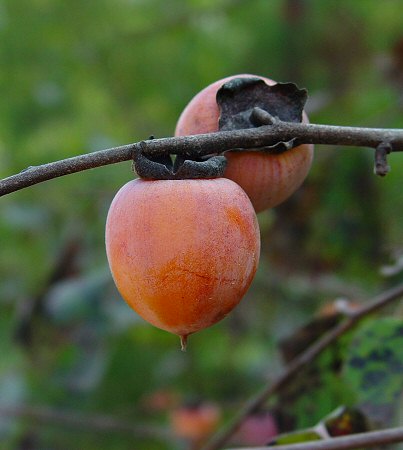
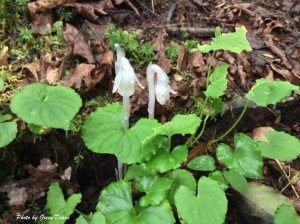
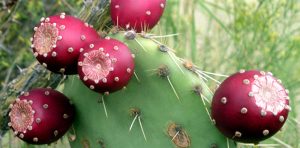
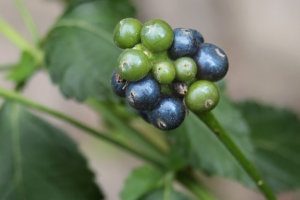
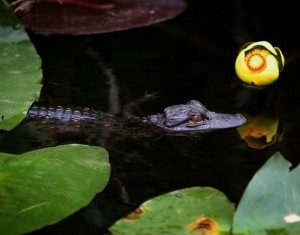



Very interesting article on persimmons. Here in northwest Florida we had our first freeze last night. My persimmons were already bare of leaves and fruit.
I want to upload pictures of unknown plant in Pune, India.
How to do it?
You can do it on the Green Deane Forum on the UFO page, unidentified flowering objects.
What is mentioned about Persimmons’ seed dispersal (and plants in general) is really wonderful and interesting. It is about life in plants as following more simple ways compared to what we homo sapiens search to solve “struggle to exist” problems. As an example to limit overpopulation, use of ways supporting plant life to secure healthy and normal growth in plants may be copied to suit human growth – fear of poverty due to overpopulation.
On “Cactii”, I have grown some of them in pots as ornamentals. One of these is Gynocalycium baldianum which this year has been blossoming since mid- September – lovely scarlet flower during day light; but closes by night. I have known that the ripened ovary is green, long and splits down its length. However, mine is not fruiting. I wonder if that is because I’m just supplying the potted plant with nothing but water.
Hey, Deane, a recent book on edible weeds speaks of ‘prostrate knotweed’ or ‘doorweed’ as one of her ‘big 13’ edible. I can’t find it in the archives. Have you written of it?
Thanks, Harvey
It’s Japanese knotweed.